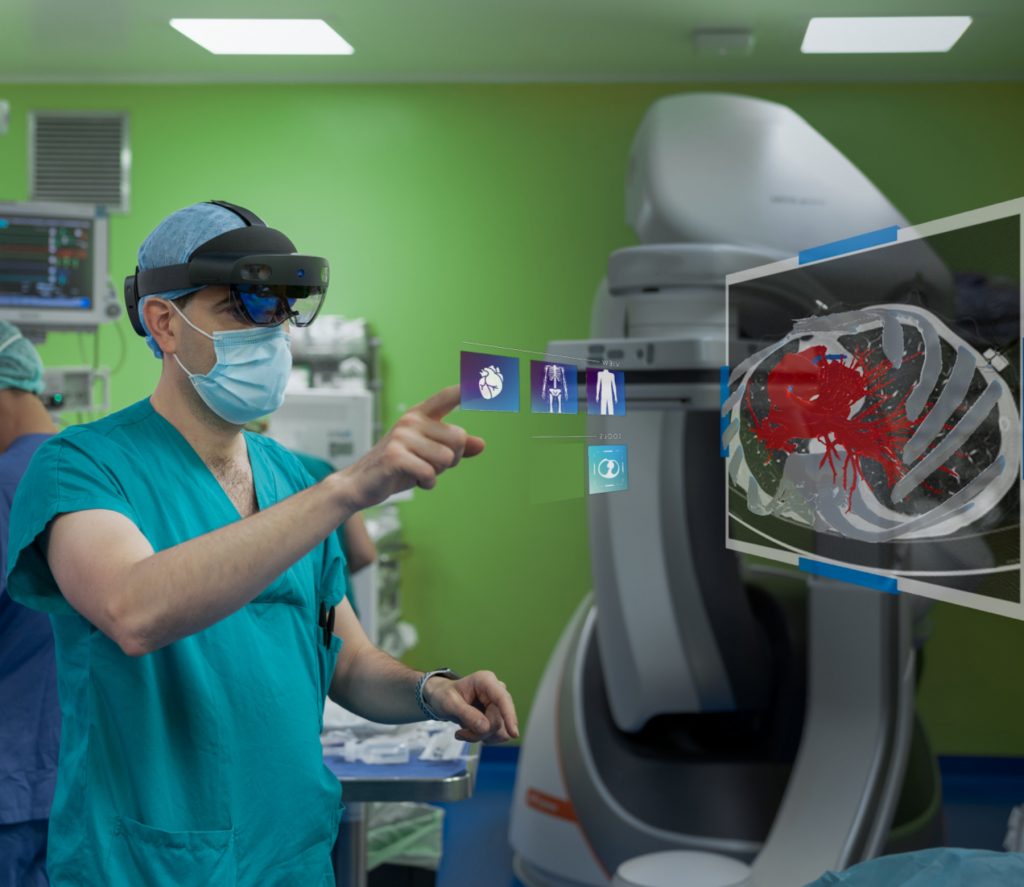Politecnico di Milano, in collaboration with Fondazione Politecnico di Milano and IRCCS Ospedale San Raffaele, created ARTERY (Autonomous Robotics for Transcatheter dEliveRy sYstems), an H2020 project funded by the European Commission which deals with research in the field of structural heart diseases.
ARTERY's goal is to create a robotic platform that exploits artificial intelligence and augmented reality to implement the non-invasive treatment of heart valve diseases.
HOW DOES ARTERY WORKS?
The ARTERY project aims to develop new guidance and monitoring systems and systems capable of training and supporting operators, making interventions safer and more effective for the patient and eliminating the use of X-rays.
Trained doctors will be able, thanks to the use of virtual reality, to experience cardiovascular interventions in simulation, thus significantly reducing stress and improving the approach to interventions. In this way the doctor does not learn directly on the patient but on the simulator, in safety and eliminating the risks.

ARTERY involves the creation of a robotic platform that will simplify percutaneous procedures (i.e. procedures in which diseased structures are repaired or replaced by implanting one or more devices into the heart via a catheter inserted from a small peripheral access) and which will eliminate the use of intra-operative X-rays; the system will also be semi-autonomous and the decisions, which will be guided by artificial intelligence, will always be shared and agreed with the human operator.
"Artery project will introduce two major innovations that will have an important impact on cardiac operations: - says Emiliano Votta, Alumnus and associate professor at the Politecnico di Milano - the remote control of robots through artificial intelligence and augmented reality, and therefore the ability to manage complex operations intuitively and potentially remotely, and the use of sensorized catheters, which will allow more control and precision in the movements of the catheter inside the patient's body. These innovations will make percutaneous heart surgery easier to learn and perform, and safer for patients and practitioners. "
To achieve this ambitious goal, the Politecnico di Milano combines its skills with those of the IRCCS San Raffaele Hospital , which provides clinical guidance in the development, of the Scuola Superiore Sant'Anna of Pisa, which deals with the sensorization of the system, of the Catholic University of Leuven, which deals with the robotic implementation of catheters and three companies that will contribute to the translatability of the research: FBGS , expert in fiber optic sensors, Artiness , expert in augmented reality applied to the medical world, and Swissvortex , expert in transcatheter technologies.
Credits header: Fondazione Politecnico
Credits home: tecnicaospedaliera.it